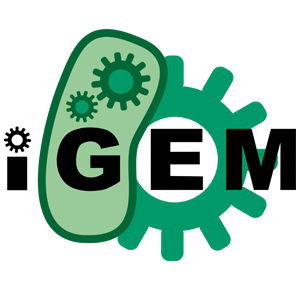Team:UiOslo Norway/HumanPractice/MediaplanAndTroubleshooting
From 2014.igem.org
Mediaplan and Troubleshooting
These are simple steps that may help you get media attention.
Identifying your goals
Identify what media you whish to be published in. When you have made a list, you should write what kind of audience they adress. Identify strategies to adress these media.
As an example one of our participants is from outside of Oslo. We contacted the district new paper for publicity. Another example: We contacted the biotechnology council. They were very positive and we wrote an article for them, directed towards their audience.
We sorted the media into different categories: TV, radio, news papers and blogs (or social media).
These have different audiences and need to be approached in different ways. TV journalists are often interested in something visual to present. It should usually also be something of a news value. For instance when we had the Ungforsk (look under Human practices) and had 300 pupils in secondary school visit us we called the district TV (Østlandssendingen). Typically the parents of these kids are interested in watching. Unfortunately this was only put on the agenda and it turned out that other news were more important.
We identified two different radiostations that could be of interest. We adressed both of them, only one responded. They were very positive towards interviewing us, but for some reason other more pressing cases were priority.
For the news papers it’s a very good idea to write down what you think would be an appropriate headline, and then write the some paragraphs about the project. When we contacted the media it was easier to get a positive response when we had something we could send them. When we were in touch with Teknisk Ukeblad this was very handy for the journalist (quite a few paragraphs in the article were pretty similart to what we had written).
For some news papers, especially more specialized ones like Genialt (the news from the Norwegian Biotechnology Advisory Board), we called them and we were invited to write for them. This is very fortunate because we reach many relevant people and companies through this new paper. This is the first year UiO has a team for the iGEM competition, and it’s therefore highly relevant that we "spread the news". For the next years team it will then be easier to get sponsors for instance.
Blogs and different kind of social media like facebook is more and more common, especially for students. This is why we adress this media. We wrote our own blog, but we have also written for other blogs, like the Masterblog. This is a blog for masterstudents from all disiplines. This blog is a nice way of spreading the idea about iGEM to people who are studying a vide variety of subjects.
Making a plan
When you have identified which media you want to adress and how or why, you should make a schedule. To get in touch with the right people is more timeconsuming than what it might seem. This should be done at the same time as you make a project schedule. The reason for this is that you might want to have several articles in the same magazine or news paper. If you want to make a series with results and procedures this should be planned well. If you contact radio or TV-shows they also might want to follow the project for a while or visit several times. It is a good idea to know when you think you will be doing what so that you can make a good plan with the company.
The media plan doesn’t have to be very detailed, but it helps giving you an overview.
| Phase of the project | Media | Lab |
|---|---|---|
| Start phase |
|
Project planning |
 "
"

